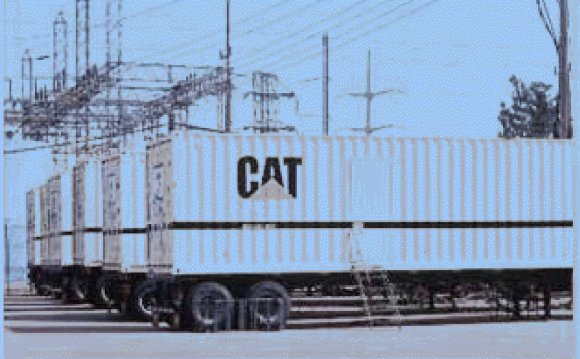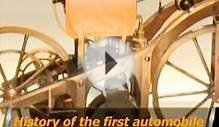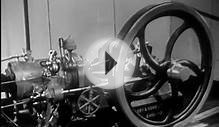
According to Webster's dictionary, an engine is "a machine for converting any of various forms of energy into mechanical force and motion." In the case of the modern automobile, the machine is the internal combustion engine which converts gasoline into motion.
The Internal Combustion Engine
The term means exactly what you would think, something combusts inside the engine. Within an internal combustion engine, gasoline is ignited within an enclosed chamber which then in turn provides energy to the wheels. In contrast, the external combustion engine, like the steam engine, is run by an external force, the boiler, where the water is heated outside the engine.
The first successful internal combustion engine was created by Samuel Brown in 1823, but it wasn't until in 1877 when Nikolaus Otto invented the first four-stroke cycle internal combustion engine, that the prototype for the modern engine was invented.
How does it work?
There are four basic steps to the modern internal combustion engine:
- Intake: The gasoline and oxygen are injected into the combustion chamber.
- Compression: As the piston moves toward the spark plug, the mixture is put under pressure in the chamber.
- Expansion: The spark plug creates a spark and ignites the mixture, forcing the piston to move back.
- Exhaust: The cooled remains of the combustion are released through the exhaust valve.
RELATED VIDEO











